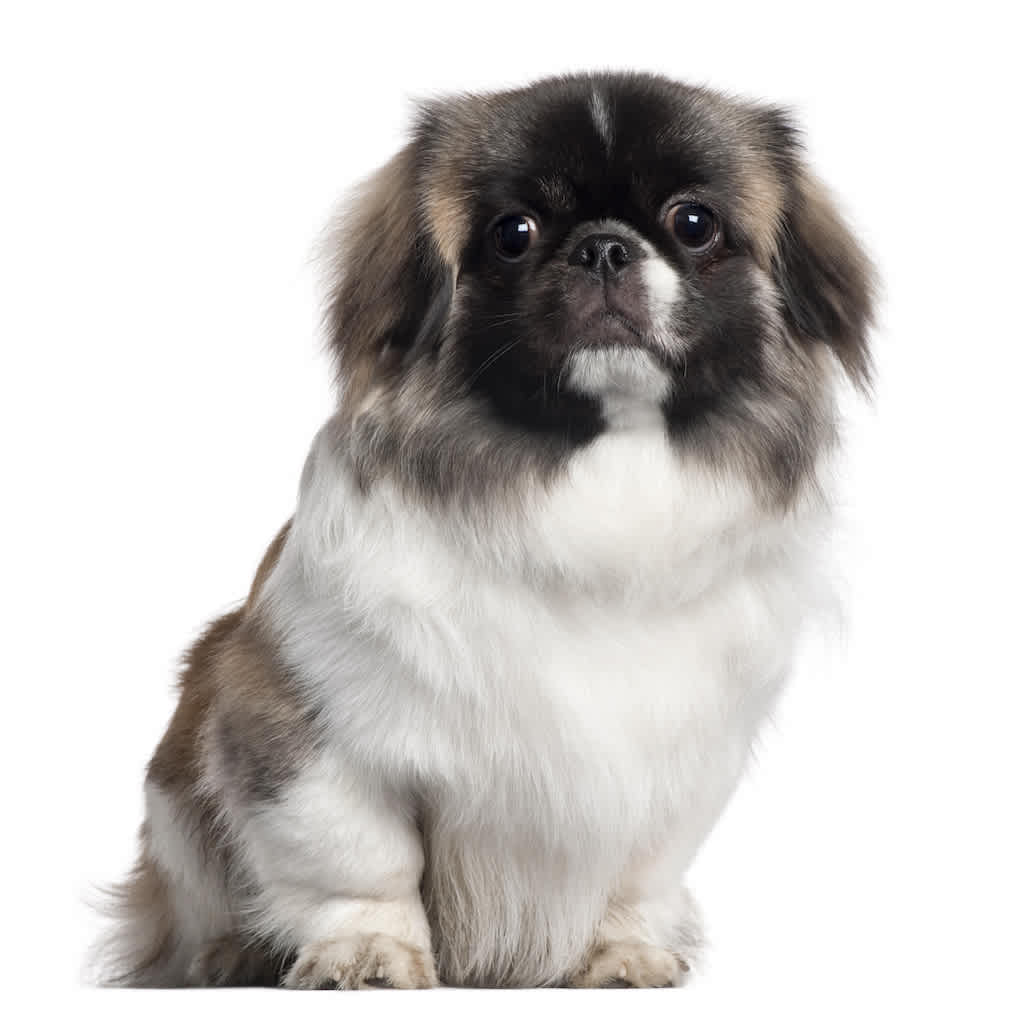Understanding Results
Dog DNA results can be surprising. We answer common questions about how to use your dog’s DNA test results, what to know about their traits and genetic health risks, and why breed surprises happen.
What is a “Supermutt”?
You might be surprised to receive your dog’s breed results and find that a percentage of their breed ancestry comes from “Supermutt.” But what exactly is Supermutt? We hear this question often at Embark. Here, we’ll explain what “Supermutt” means, how Embark scientists match your dog’s DNA to different breeds, and why a “Supermutt” result...
A Veterinarian Explains What Your Dog’s Mast Cell Tumor Risk Means
As part of our genetic health screening, Embark dog DNA tests can determine if some dogs are at increased risk of developing mast cell tumors (MCTs). This risk is based on genetic breed ancestry and other factors. This model offers a new way to estimate relative risk for MCTs, especially for mixed-breed dogs. We know...
Dog Genetics 101
Genetics is the study of how DNA is passed down from one generation to the next. It is a complicated, always-changing field. Here, we’ll explain the basic concepts in dog genetics and define some genetics terms that you might see in your dog’s Embark results. Key terms in dog genetics explained You may see some...
Can You Register a Dog With a DNA Test?
Can you register a dog with a DNA test? This is a question we’re asked often. Let’s look at the difference between a registered purebred dog and a single-breed ancestry DNA result and why the two terms are very different and should not be used interchangeably. What’s the difference between purebred status and single-breed DNA...
Discover Your Dog’s Genetic Relatives with Embark’s Relative Finder
Embark offers the world’s first canine relative finder, so you can further explore your dog’s DNA story. Our Relative Finder shows your dog’s relatives based on how much DNA they share, and can identify parent or sibling relationships. It also gives you the ability to connect with their owners. In fact, it has already led...
Recombination Explained: How Littermates Can Look Different
When two different purebred dogs have puppies, the resulting litter can have a wide spectrum of looks. This effect is compounded if the parents themselves are mixed breed. Sometimes it can be hard to believe the puppies are related going solely off their appearance. While it’s possible for one litter of puppies to have multiple...















